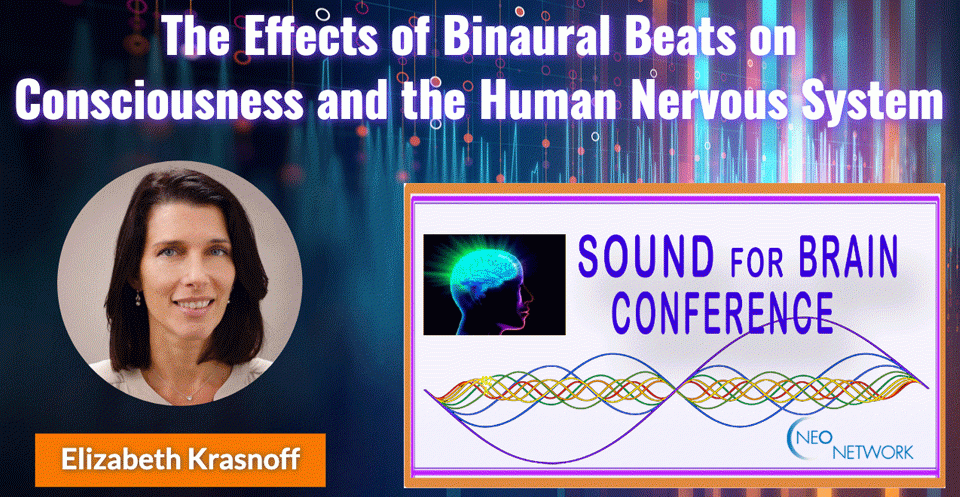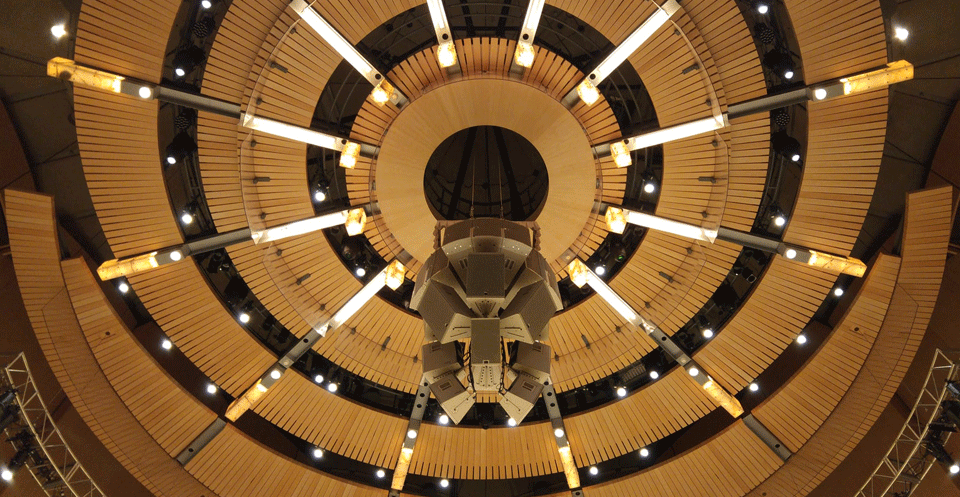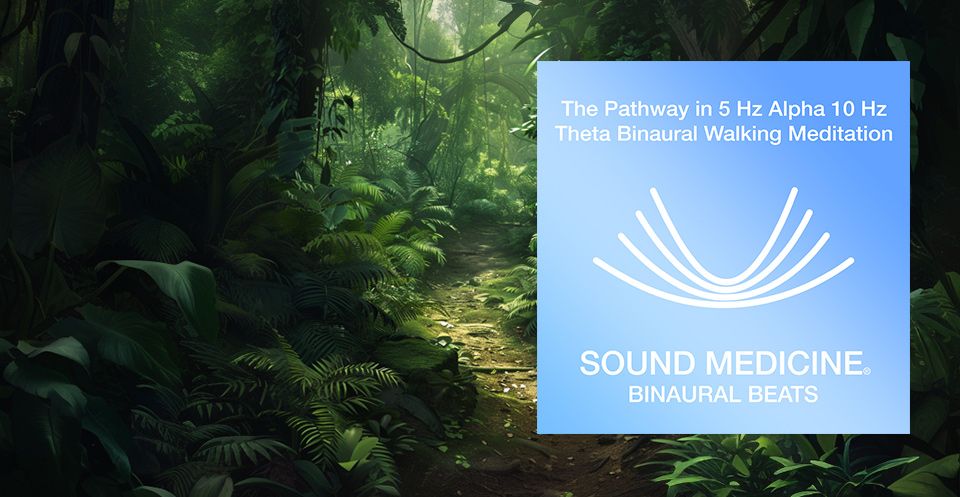Mind-wandering and alterations to default mode network connectivity...

...when listening to naturalistic versus artificial sounds
Abstract
Naturalistic environments have been demonstrated to promote relaxation and wellbeing. We assess opposing theoretical accounts for these effects through investigation of autonomic arousal and alterations of activation and functional connectivity within the default mode network (DMN) of the brain while participants listened to sounds from artificial and natural environments. We found no evidence for increased DMN activity in the naturalistic compared to artificial or control condition, however, seed based functional connectivity showed a shift from anterior to posterior midline functional coupling in the naturalistic condition. These changes were accompanied by an increase in peak high frequency heart rate variability, indicating an increase in parasympathetic activity in the naturalistic condition in line with the Stress Recovery Theory of nature exposure. Changes in heart rate and the peak high frequency were correlated with baseline functional connectivity within the DMN and baseline parasympathetic tone respectively, highlighting the importance of individual neural and autonomic differences in the response to nature exposure. Our findings may help explain reported health benefits of exposure to natural environments, through identification of alterations to autonomic activity and functional coupling within the DMN when listening to naturalistic sounds.
Introduction
Naturalistic sounds and ‘green’ environments are empirically reported to be subjectively more pleasant than artificial sounds and environments1,2,3. The positive effects of exposure to naturalistic environmental stimuli extend to health benefits, including improvements in the patient experience of general anaesthesia4, enhanced post-operative recovery5,6, and reduced pain and anxiety in hospice care7. These effects are observed following controlled exposure to naturalistic stimuli re-created in an experimental setting. A primary focus of research in this area relates to the ‘restorative’ effects of naturalistic stimuli, and assessing the ability of nature exposure to promote recovery from physiological or psychological stress. These restorative effects are framed in the context of two prevailing theories: 1) attentional restoration theory (ART)8 and; 2) stress recovery theory (SRT)9. ART proposes that an artificial environment is saturated with stimuli that impose a high level of cognitive and attentional demand. In contrast, stimuli derived from natural environments are proposed to engage less with top-down drivers of ‘directed attention’. Exposure to naturalistic stimuli might thus provide temporal respite from attentional load, thereby promoting recovery of attentional capacity. In contrast, SRT posits that physiological (autonomic) and psychological stress are reduced within naturalistic compared to artificial environmental contexts as a consequence of human evolutionary adaptation to naturalistic stimuli. SRT makes a more direct link between nature exposure and physiological shifts in autonomic balance toward parasympathetic (‘rest-digest’) activation, with a concomitant reduction in sympathetic (‘fight-flight’) activation within the cardiovascular system.
Increases in cognitive capacity (ART) are observed across specific domains following exposure to naturalistic stimuli10,11,12. These effects may be amplified in individuals experiencing high levels of self-reported cognitive exhaustion11. However, the cognitive benefits that are central to the ART model provide no proximate explanation for the physiological effects induced by naturalistic environments13. Psychological factors do, however, drive stress-related changes in bodily physiology. Techniques such as simulated interviews14 and backwards counting tasks15 are used in experimental studies of mental stress and associated with states of bodily arousal14. Exposure to naturalistic stimuli following psychological stress challenge can increase parasympathetic activation14 and reduce sympathetic activation15, as indexed by electrodermal activity, heart rate and blood pressure, or cortisol levels. These physiological changes are not always accompanied by changes in subjective ratings of anxiety14.
Brain imaging studies can help determine the neurobiological mechanisms underlying these behavioural and physiological observations. However, as yet there have been relatively few imaging investigations into the restorative effects of nature exposure. A field study using electroencephalography identified an increase in δ band power when participants transitioned from urban to natural environments16. This was interpreted as demonstrating a reduction in neural correlates of arousal and frustration, and an increase in active engagement in the naturalistic environment, thereby supporting the ART model. In a functional magnetic resonance imaging (fMRI) study, participants were presented with images of beaches (naturalistic ‘tranquil’ condition) or freeways (artificial ‘non-tranquil’ condition) while they listened to a soundtrack which could be interpreted as both rolling waves or high speed traffic17. During the tranquil condition greater functional neural coupling was observed between auditory cortex and medial prefrontal cortex, posterior cingulate, temporo-parietal cortex and thalamus. The authors link the low attentional demands of the naturalistic stimuli with increased ‘default mode network’ (DMN) activity. The DMN describes a set of regions where activity is increased during ‘task free’ states of wakefulness, and is decreased during task performance associated with external cognitive load. In line with ART, increased activation of posterior cingulate cortex (PCC, a key DMN ‘hub’) was observed during the tranquil condition relative to a baseline no-stimulus condition, yet surprisingly there were no supra-threshold differences when contrasting tranquil and non-tranquil stimulation. A limitation in this study, however, is the lack of behavioural or physiological data to support the interpretation of neural findings.
ART and SRT make clear predictions about brain activity in task free or ‘mind-wandering’ situations. If exposure to naturalistic stimuli reduces cognitive load relative to artificial stimuli, as suggested by ART, one might predict an increase in mind wandering and DMN activity in naturalistic versus artificial conditions, consistent with an increase in task-free activity17. Alternately, if exposure to naturalistic versus artificial stimuli results in more general stress reduction associated with alterations in autonomic activation, one might observe DMN differences that mirror changes in parasympathetic-sympathetic balance. In the present fMRI study, we measured changes in the activation and connectivity of the DMN during exposure to naturalistic and artificial stimuli, along with a no-soundscape control condition, to investigate and test the opposing ART and SRT hypotheses. We used whole brain seeded timecourse correlations with the PCC to investigate DMN functional connectivity under each condition. We used the functional connectivity map of the DMN under the control condition to test the ART hypothesis of increased activation in DMN areas during naturalistic conditions, and assessed alterations in connectivity through comparison of connectivity maps between conditions. We also conducted an exploratory analysis of anterior and posterior salience networks, the dorsal attention network, and the executive control network18, to test whether alterations to connectivity within these systems can account for the increased cognitive capacity observed following exposure to naturalistic stimuli (ART).
Participants were exposed to conditions of artificial and naturalistic ‘soundscapes’, comprised of equally weighted familiar and unfamiliar sounds, which were rated for pleasantness, intensity and familiarity using a visual analogue scale (VAS). The fMRI data acquisition was accompanied by behavioural measures of attentional deployment using reaction times in performance of a low cognitive load tracking task, and subjective indices of attentional capture in the form of VAS measures of task engagement, rumination, distraction by thoughts and distraction by the soundscapes themselves. Neural, behavioural and subjective data were complemented by physiological measurement of arousal indexed by changes in heart rate and heart rate variability (HRV). HRV analysis involves spectral and temporal decomposition of the intervals between successive heart beats. Interpretation of low frequency (0.04–0.15 Hz) components of HRV is complicated by contributions from both sympathetic and parasympathetic responses19; we therefore constrained our HRV analysis to assessment of the high frequency (0.15–0.4 Hz) component, as a reliable index of cardiac parasympathetic activity20,21,22,23,24. We hypothesised that reaction times would be increased in the artificial condition compared to the naturalistic, suggesting a relative disengagement of attention from the task (e.g. through distraction or mind-wandering), but that the neural and physiological data would support SRT in providing evidence that exposure to naturalistic stimuli would enhance cardiac parasympathetic activity (mediating reported health benefits associated with nature exposure), underpinned by changes in functional neural connectivity which support the differences in phenomenological experience of naturalistic and artificial exposure conditions.
Results
Attentional monitoring
The exposure conditions consisted of: (1) artificial familiar; (2) artificial unfamiliar; (3) naturalistic familiar; (4) naturalistic unfamiliar; (5) no-soundscape (control). Each soundscape lasted 5 minutes 25 seconds, and was presented in a randomised order while fMRI data were acquired and attention was monitored using a low level reaction time task. Reaction times in the attentional monitoring task were significantly increased in the artificial condition (μ = 423.22 ms) compared to naturalistic condition (μ = 412.98 ms) (main effect of artificiality: F(1,14) = 5.94, p = 0.029) (Fig. 1). There was no main effect of familiarity (F(1,14) = 1.31, p = 0.272), and no artificiality-by-familiarity interaction (F(1,14) = 0.25, p = 0.623). Post-hoc t-tests demonstrated a significant difference between reaction times in the artificial familiar condition (μ = 432.98 ms) compared to the naturalistic familiar condition (μ = 415.04 ms) (t(16) = 3.07, p = 0.007). To minimise the number of exploratory comparisons, the artificial familiar and naturalistic familiar conditions were taken forward for further analysis of subjective, physiological and neural effects.











